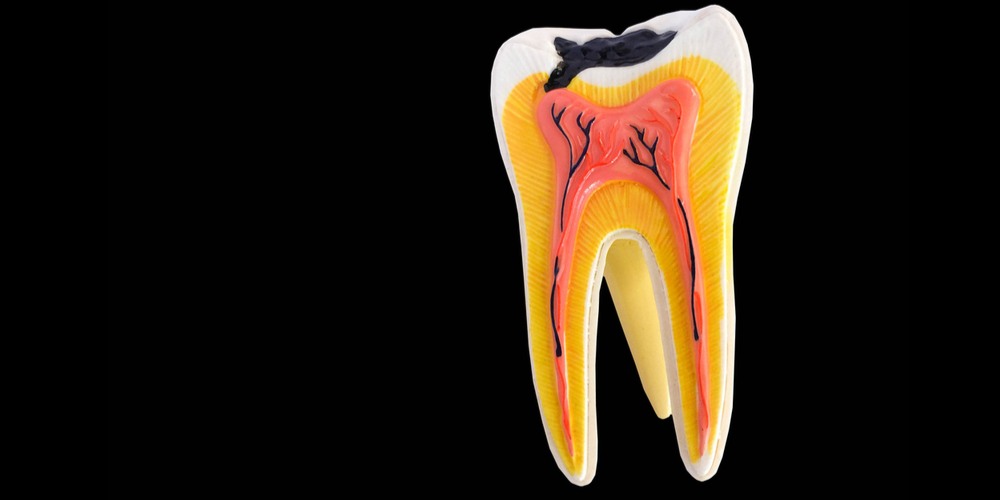
The teeth are small, white, cone or wedge shaped structures which perform a range of functions such as biting, chewing and speech.
ANATOMY OF A TOOTH
Each tooth consists of 3 sections: crown (top section), neck (section) and the root (bottom section).
Plus each tooth is composed of the following parts:
- Enamel: the top layer of the tooth which is also known as the ‘crown’. This is the hardest layer, made from calcium phosphate which gives the tooth its characteristic white colour.
Dentin: the middle layer of the tooth, underneath the enamel. This yellow coloured tissue contains living cells and is sensitive to pain and changes in temperature.Pulp: the soft, tissue layer in the centre of the tooth. This layer contains nerves, blood vessels and connective tissue and runs down the length of the tooth via the root canals.Periodontal ligament: connective tissue which holds the teeth in place against the jaw.Cementum: a layer of soft connective tissue which covers the root of a tooth.
The crown of a tooth is the visible part in the mouth. The root holds the tooth in place via the jaw which is surrounded by the periodontal ligament, bone and gums
NUMBER OF TEETH IN THE HUMAN JAW
A normal adult jaw contains 32 teeth which consist of the incisors, canines, molars and premolars. Plus the wisdom teeth or ‘third molars’ which appear between the ages of 18 to 25 and are located behind the molars.
But a third of UK adults have no wisdom teeth which are mainly due to their non-essential role. These teeth are not vital to our existence and are gradually being bred out of human beings.
Those adults who develop wisdom teeth often experience problems with them, e.g. impaction, which results in their removal.
SET OF ADULT TEETH
A typical adult’s set of teeth is arranged as follows:8 incisors: these teeth are located towards the front of the upper and lower jaws. There are 4 incisors in the upper jaw and 4 incisors in the lower jaw.4 canines: these are located next to the incisors and separate them from the premolars. There are two canines in the upper jaw and two canines in the lower jaw.8 premolars: these are located between the canines and molars. There are 4 premolars in the upper jaw and 4 premolars in the lower jaw.8 molars: these large, wedge shaped teeth are located at the back of the mouth. There are 4 molars in the upper jaw and 4 molars in the lower jaw.4 wisdom teeth: these teeth erupt through the gum in the late teens but are often extracted to prevent overcrowding or other dental problems.
The incisors, canines, premolars and molars appear at the age of 13 where they displace the milk teeth.
SET OF CHILD’S TEETH
The milk teeth or ‘baby teeth’ appear at the age of 6 months in a process known as ‘teething’. These teeth appear in a gradual process until the child has acquired 20 milk teeth in total. They have a full set of these teeth by the age of 2.
The milk teeth start to fall out from the age of 6 onwards to be replaced by permanent teeth. Children have a full set of adult teeth by their mid-teens.
An adult has 32 teeth which includes 4 wisdom teeth. But there are some adults who never develop wisdom teeth.